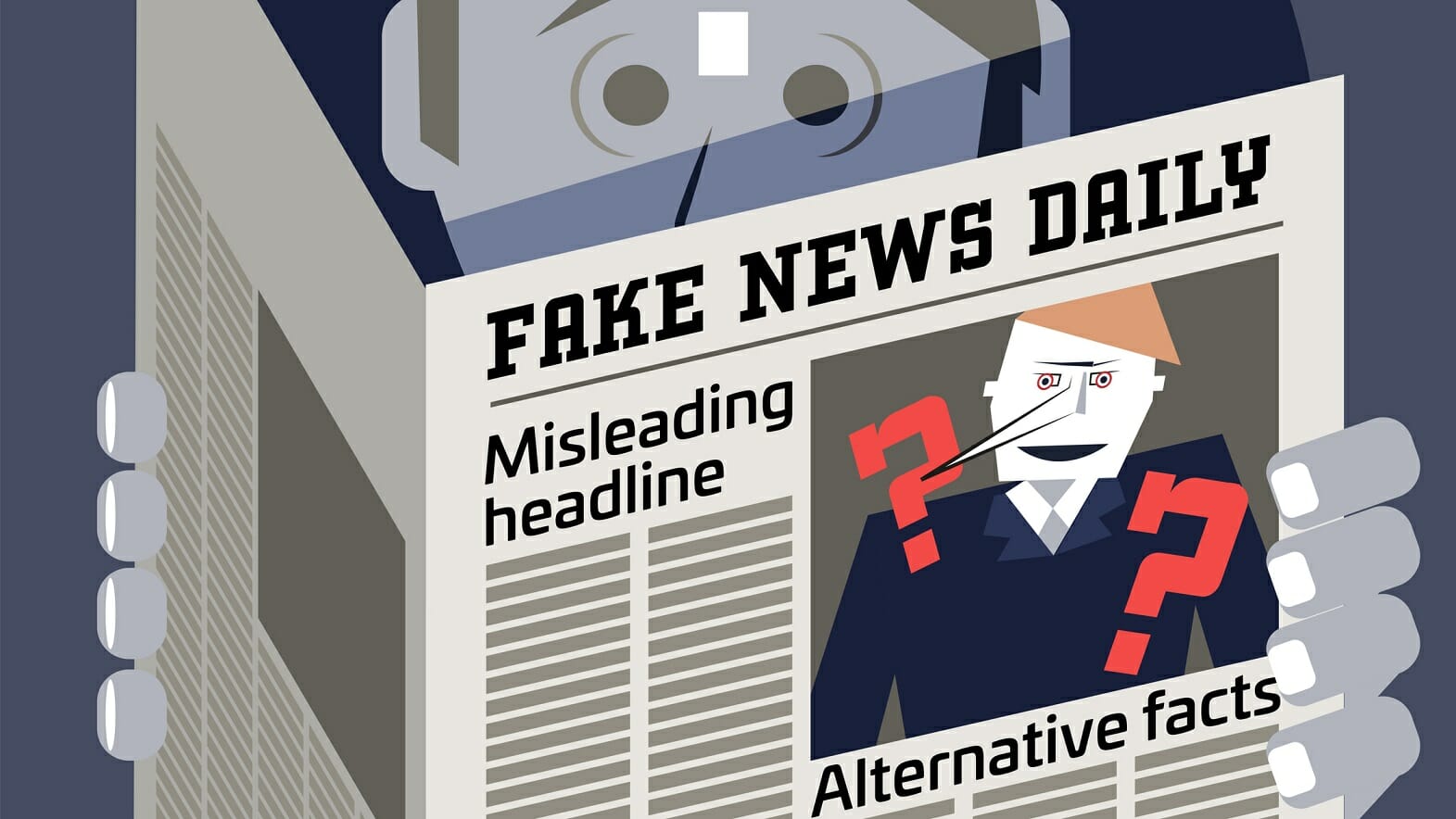
With news coverage being a constant cycle and information being amplified across social media channels, it can be difficult to discern between sound news and ‘fake news.’ As a result people’s trust in scientific information has begun to break down. This is especially harmful to society when the mass dissemination of misinformation, especially as it relates to issues such as climate change, is problematic as it may contribute to the delay of much needed policy action to protect the public. In order to combat this issue, tools and practices need to be developed to help consumers and journalists filter the information they are constantly being fed.
Fake news has become a growing problem nationwide and its spread has been aided and exacerbated by social media, particularly Facebook. Lauren Lutzke, University of Michigan, and her team of researchers tested a simple intervention aimed to help people recognize fake climate news on Facebook.
In the study, “Structured introspection: Can a simple intervention help people identify fake news about climate change on Facebook?” online participants were presented with a post from a Facebook newsfeed containing false information about climate change and were placed in one of three treatment (T) groups. In T1, participants were asked to think carefully about the information they were about to receive and to evaluate its accuracy. In T2, people were asked to rate the importance of five attributes of online news, including credibility of the source and plausibility of the information, that may be indicative of whether the information is reliable or not, and T3 mirrored T2 except that participants were asked to propose between two and five diagnostic attributes of their own.
The researchers hypothesized that structured introspection, the T2 method, would help people identify fake news. This study will help build an understanding of what helps people reject fake news and could help combat its spread.
Previous research has suggested that in the wake of a terror attack, public fear and anger can each uniquely contribute to risk perception and risk-avoidance behaviors. However, this research has not sought to understand how physical and temporal proximity to the attack impact an individual’s expression of fear and anger. Richard John and Matt Baucum, University of Southern California, conducted a study to better understand how a terror event can incite fear and anger at various locations, and how those feelings change with time.
Their study, “Gradients of fear and anger in the social media response to terrorism,” examined 36,259 Tweets posted within seven days of the 2016 Orlando nightclub terror attack. They looked at how expressions of fear and anger varied with time and distance from the attack. The study revealed that use of fear and anger terms both increased following the attack, but anger increased much more drastically. Words indicating fear also sharply decreased over time, while words implying anger decreased slightly with time and increased with distance from Orlando.
These results show that individuals who are physically distant from the attack remained angry and fearful for a longer duration after the attack compared to those in and around Orlando whose feared dissipated more quickly. John and Baucum will discuss the implications for understanding the emotional landscape that results from highly publicized terror attacks.
News coverage of scientific and medical studies that provide convincing evidence about technological and health risks generally increase public concern, but research has shown that subsequent news coverage that criticizes these same studies or publicizes their retraction can reduce those initial concerns. Dilshani Sarathchandra, University of Idaho, and Aaron McCright, Michigan State University, conducted some follow-up research to determine if these retractions have broader impacts, such as reducing people’s trust in the institutions and individuals (i.e., science and scientists) who are supposed to minimize environmental and health risks.
The study, “The effects of media coverage of scientific retractions on trust in science,” examined how trust in scientists was shaped by exposure to news coverage of the retraction of a stem cell study. Preliminary findings show that being exposed to the news coverage does reduce trust and negative effects on trust are even larger for retractions due to “intentional misconduct.”
The results suggest that journalists and publishers should be more aware of these effects when reporting on retractions and should clarify the reason for retraction (honest mistakes vs. intentional misconduct). Clarifying the reasoning can influence how journalists cover the stories, and how the public perceives the news. Making this distinction can also help destigmatize retractions due to honest mistakes which could increase trust in the scientific community.

